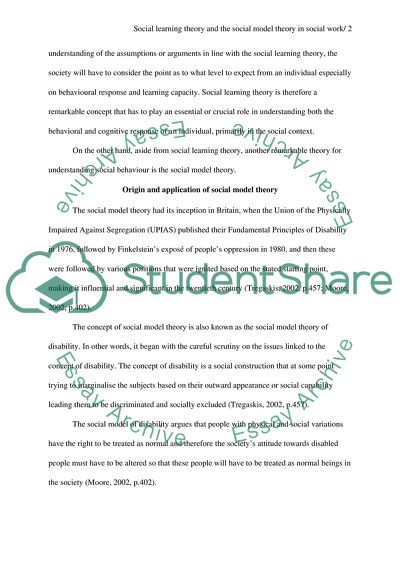Cite this document
(Comparison of Social Learning Theory and Social Model Theory Coursework, n.d.)
Comparison of Social Learning Theory and Social Model Theory Coursework. https://studentshare.org/sociology/1806863-compare-and-contrast-social-learning-theory-and-the-social-model-theory-in-social-work
Comparison of Social Learning Theory and Social Model Theory Coursework. https://studentshare.org/sociology/1806863-compare-and-contrast-social-learning-theory-and-the-social-model-theory-in-social-work
(Comparison of Social Learning Theory and Social Model Theory Coursework)
Comparison of Social Learning Theory and Social Model Theory Coursework. https://studentshare.org/sociology/1806863-compare-and-contrast-social-learning-theory-and-the-social-model-theory-in-social-work.
Comparison of Social Learning Theory and Social Model Theory Coursework. https://studentshare.org/sociology/1806863-compare-and-contrast-social-learning-theory-and-the-social-model-theory-in-social-work.
“Comparison of Social Learning Theory and Social Model Theory Coursework”. https://studentshare.org/sociology/1806863-compare-and-contrast-social-learning-theory-and-the-social-model-theory-in-social-work.


